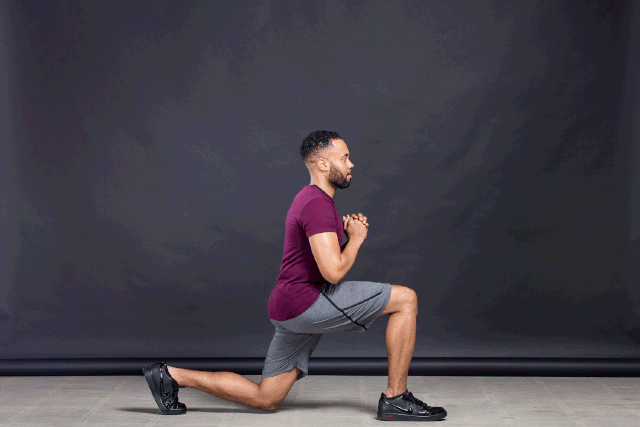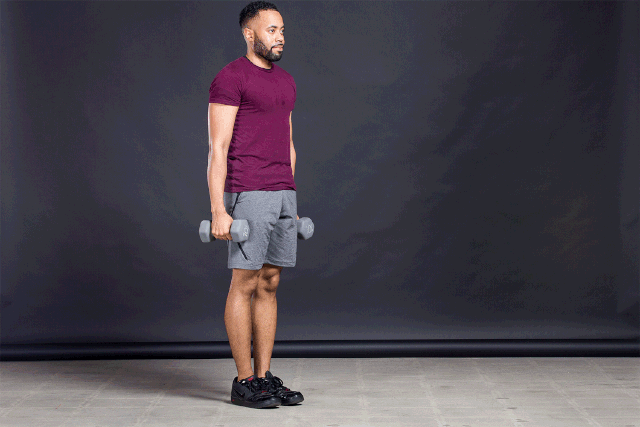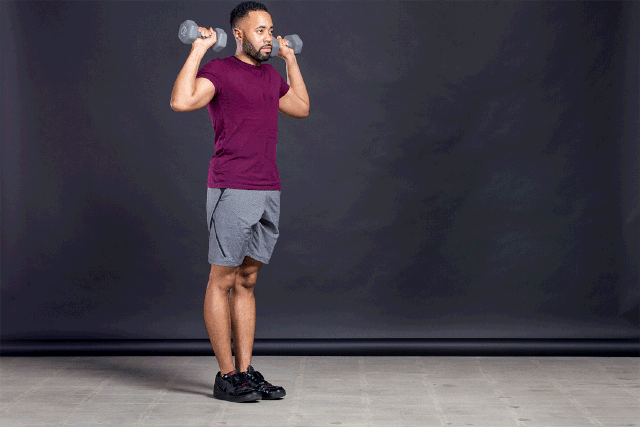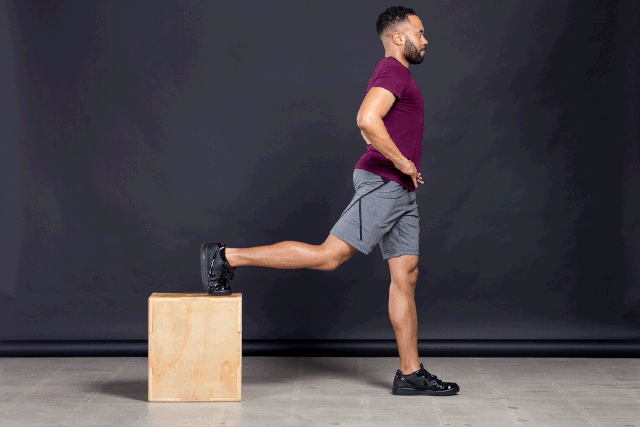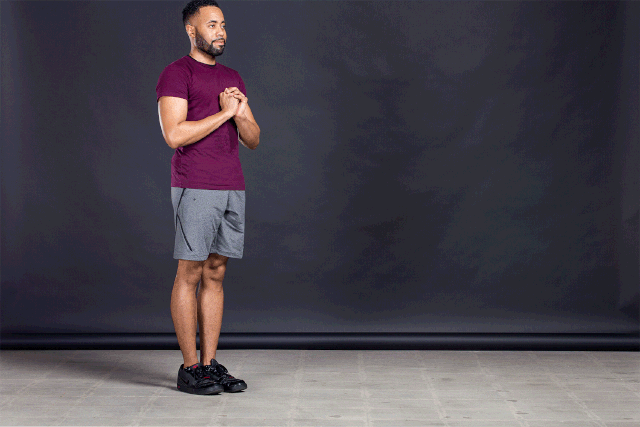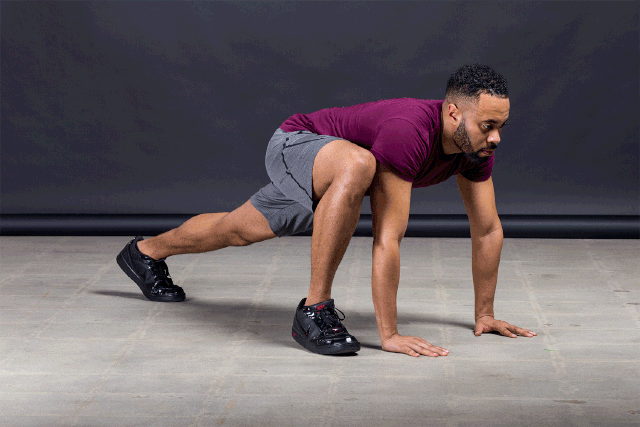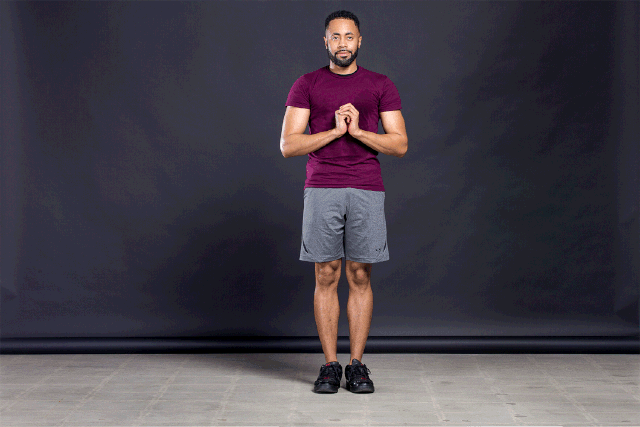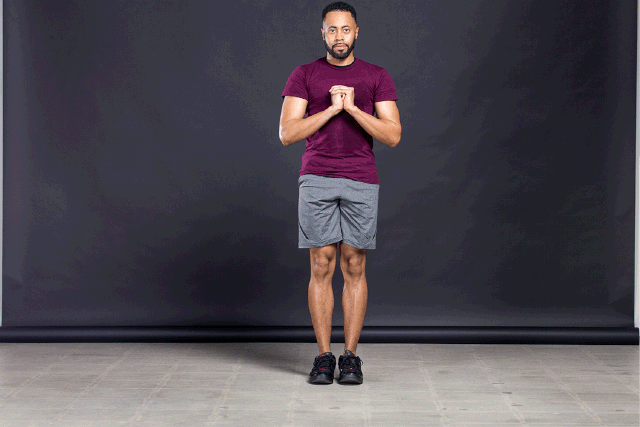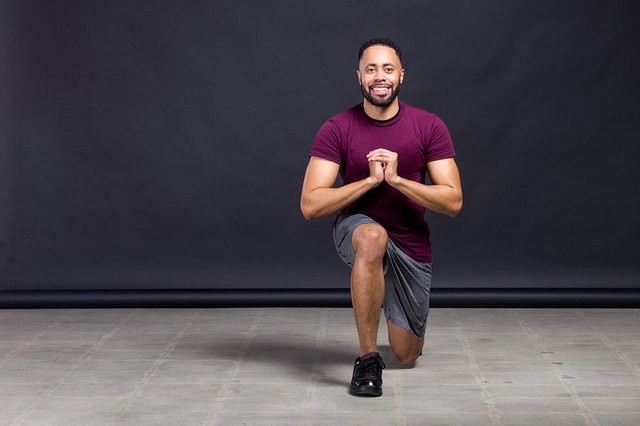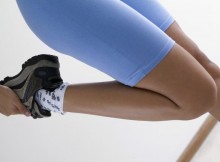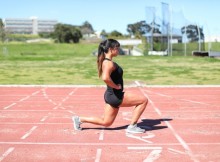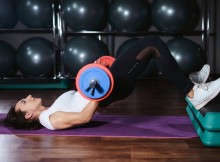22 new lunges for leg strength
Advertisements
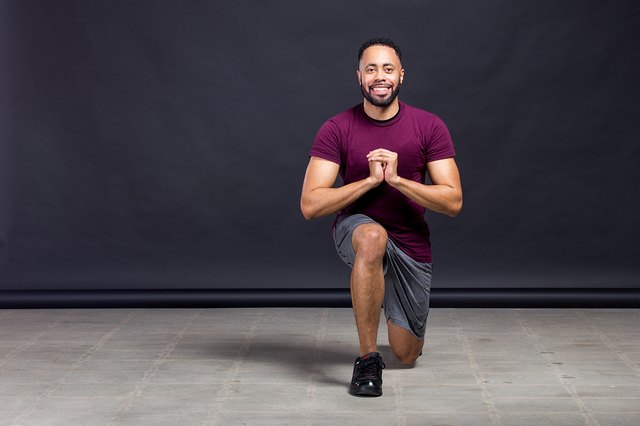
Advertisements
lunges are one of the best lower body and weight exercises you can do because they aim at your quadriceps, hamstring and gluteus maximus at the same time. But it's annoying to keep repeating the same standard lunges. What's worse, your body will adapt to the same exercise pattern, and you won't see the result. What is the best way to prevent it? Of course, these lunges change! Whether you want to gain weight, merge steps, or just stick to the weight version, there will be changes for your next exercise.
score: describe fauna / livestrong.com let's start with the basics. Before making more complex changes, it is important to master the correct form of the standard lunge. What to do: stand up and take a few steps forward with your left foot. Bend the knees 90 degrees, with the back knee resting on the ground and the front knee above the ankle or (if the knee is healthy) at the flat part of the foot (but not beyond the toes). You can put your hands on your hips or hang them on both sides of your body. Keep a beat before your forefoot kicks away, return to your standing position and repeat on the other side. Credit: description of fauna / livestrong.com correlation: 10 machine to free weight exchange walking lunge is the perfect variant for building functional strength. As you move forward, you will naturally change your front legs without having to go back to the starting position. You can walk the length of a room or take them outdoors on your favorite path. Method: complete a standard lunge, but do not push the front foot, but push the back foot, and take another step forward. Keep going forward and alternate between lunges. Target 15 to 20 times. correlation: 20 best body weight exercises when the standard forward lunge is mainly focused on the quadriceps, reverse lunge can help you strengthen your hamstring more than the standard lunge. Methods: straighten your back, put your hands on your hips and keep your body stable. Step back and step on the ball with your left foot, keeping your right leg on the ground. Hold for a second, then push your hind foot back to the standing position. Repeat on the right leg. If this version is too simple, feel free to add weight. correlation: 6 practice exchanges to update your training although this movement mode is a little unusual, this change does hit the hip flexor and the inner thigh. However, be very careful not to overstretch your knees on this version. How to do it: start standing, with your right foot on the ground and your left foot on the side. As with you, bend your left knee and keep it in line with your left foot. You can put your hands on your hips or hang them on either side of your bent legs. Push your left leg away and return to standing. Do all the repetitions of the left leg before repeating the same number of times on the right leg. Just like the standard lunge, you can also try to add weight to this change. related: 10 body building exercises you can do while watching TV. Credit: describe fauna / livestrong.com although this change is very similar to side lunge, this time your inner leg will be bent, while the leg of the outward step will be straight. It's a workout that not only strengthens your lower body, but it also gives you a great cardio and challenges your flexibility. Methods: start with a slight knee bend and lean your chest forward a little. When you step your left foot out to the left, move your left hand down to your right. Your left leg is straight and your right leg is bent. Fast step the left leg inward, connect with the right leg, turn the right leg outward, and turn your hands to the floor. Continue to alternate legs and arms, and really feel the burn of quadriceps femoris. correlation: 7-minute aerobic training to get more hip flexor strength, try this version, which will also challenge your balance and core stability. Method: from standing, step out to the left like side lunge. But before returning to the starting point, put more weight on your left leg and lift your right foot a few inches off the ground. Keep your back flat and your hips as level as possible. First keep a beat, then put it down, and step your left foot back to the middle. correlation: 8 unilateral exercises to challenge your balance As the name suggests, this kind of change looks like an exaggerated knee bending action, which plays a role in gluteus maximus, hamstring and quadriceps femoris. Methods: standing with hands on hips. Put your weight on your left leg and use your right foot to step back to one side. Curtsy is performed with both knees bent. Hold for a second before returning to the starting point and repeating on the other leg. related: 10 day plan makes you look and feel the best summer! Credit: describe fauna / livestrong.com correlation: aerobic exercise abdominal muscle exercise combines low abdominal muscles and core strength for real psychological and physical challenges. Method: start with the standard lunge, step your right leg forward, and place your hands on your hips to maintain balance if necessary. Push your hind legs down, but don't stand up again. Pull your hind legs to the front so that your knees bend 90 degrees in front of you and your thighs are parallel to the floor. Put your feet back on the floor and repeat on the other leg. As a variant of the walking lunge, this may be the simplest, or if space is limited, you can move the lunge back. correlation: a 35 minute HIIT workout will not hurt your knee. Credit: describe fauna / livestrong.com correlation: for better joint mobility, you can do 9 actions a day. The ball rotation lunge is aimed at your abdominal muscles, especially your oblique muscles. This change includes the ball. To get the most out of exercise, you need to keep the pills a little away from your body (that is, don't rest on your stomach). Method: hold a medicine ball in both hands and keep it flush with the navel. When you do a standard lunge on your right leg, rotate the torso to the left (away from the bent leg). Push your front legs away and back to the starting point, relaxing your torso in the process. Step forward to your left leg and twist to the right. Continue to alternate sides. correlation: 10 fitness balls moved to waist circumference correlation: 41 of the most difficult ab exercises correlation: 11 simple ways to add changes to your strength training if you have a solid strength foundation and no previous knee injury, you will definitely want to give this plyometric lunge a try. It's definitely a challenge, but it's a testament to the lower body builder. What to do: step forward into a standard lunge and make sure you are in the right position. Raise your arm slightly behind you to gain momentum, and then wave forward like yo to sprint out of your lunge and out of your feet. Switch your feet in mid air so that your other foot lands in front of you. Each time you repeat, switch which leg is in the lead. Advertisements correlation: 10 for explosive force, do not perform any fitness exercise you can combine lunge with it to make it more comprehensive physical exercise. It's just a choice, it includes your upper arm. Methods: hold a dumbbell in both hands. As you step forward into the lunge, bend the dumbbells to shoulder height with the palms facing the chest. Push your front foot away and return to standing position, putting the dumbbells back to your sides as you do. One more step forward, this time with the other leg. At each repetition, alternate your forward legs while curling your biceps. correlation: 10 body fat burning actions another way to integrate the upper body movement into the lunge is to increase the head shoulder pressure. Because you have to lift the dumbbells over your head, you also need abdominal strength to keep your abdomen taut and your torso upright. Methods: hold a dumbbell in both hands, keep the shoulders level and palms outward. Step forward into a standard lunge with knees bent 90 degrees. At the same time, take a step forward, press the dumbbells on your head, don't bend forward, and don't let them lose balance. Push your front foot away, back to the starting point, and put the dumbbells back on your shoulders. Change your front leg every time you repeat, then press and drop the dumbbell. correlation: how to use superset to enhance your exercise intensity integral: describe fauna / livestrong.com correlation: 10 compound actionsTo complete larger pumping in a shorter time. score: describe fauna / livestrong.com you can use this change as an exercise or static stretch. In any case, your goal will be more than a standard lunge. What to do: stand up and take a big step forward. Bend the front knee 90 degrees, place the knee above the front foot, and straighten the back leg (or slightly bend the knee). In stretching, each hand is placed on both sides of the front foot to support itself. If you need to, put your back knee on the floor. Before doing the same thing on the other side, stay here for 15 to 30 seconds (longer if you like). As a lower body exercise, push the front foot away, return to the standing position, change legs, alternating at a faster rate than stretching. correlation: the best 8 stretches before running correlation: mountain climbing takes away your holiday calories the last variation on the next slide requires this variation (and some others in this series). But you can also use the change itself to aim at your hips, glutes and quadriceps in a new way. What to do: once again, stand with your hands on your hips. Instead of going straight ahead, go right at a 45 degree angle (as if you were aiming at two of the clocks). Try to keep your knees as close to 90 degrees as possible. Push your right foot back into a standing position. Repeat on the left leg, this time aiming to time 10 times. correlation: 12 sports exchanges help you break through the plateau this step requires several different lunge changes and combines them into a super change to exercise each major lower body muscle. By doing these lunges, you may experience pain where you don't even realize it might. What to do: imagine yourself in the middle of the clock. The right leg forward into the standard lunge OOT will be at 12 o'clock. Back in the middle, day and night, three times, then six times on the right leg, then six times on the left leg. Then mirror this to the other side, then 9, then 12. For an additional challenge, hit every number on the clock or try mixing numbers. From 2 to 7 to 3 to 10. Credit: describe fauna / Livestrong. Com Credit: describe fauna / livestrong.com Advertisements 1. Standard lunge
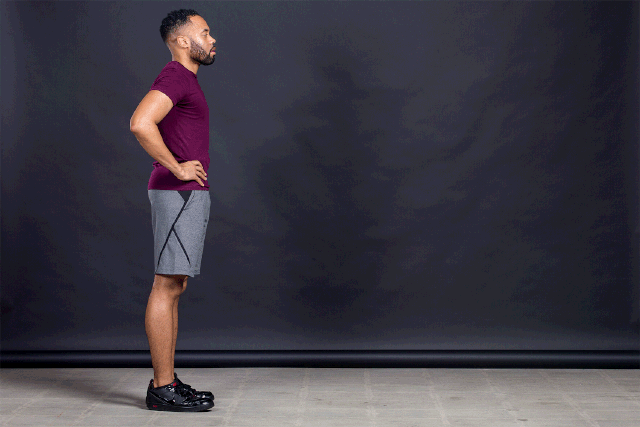
2. The easiest way to increase the variation of lunge is to hold a dumbbell in each hand. Start with a manageable weight and increase it as you get stronger. Methods: keep all the movements exactly the same as the standard lunge, but hold a dumbbell in each hand. Make sure the weight doesn't deflect you from the line of sight: keep your back straight and your front knee tracking above your front foot. Then repeat on the other leg.
3. Walking lunge
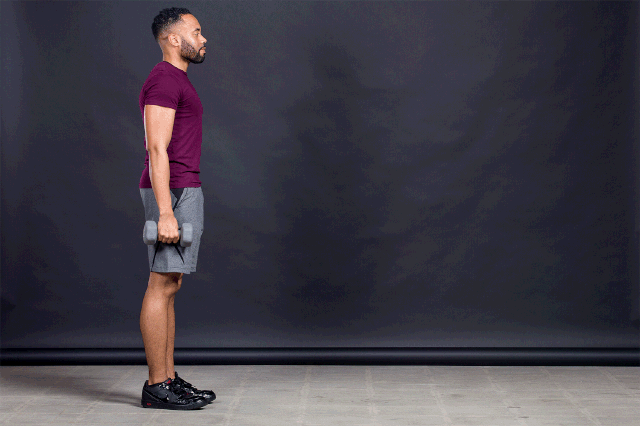
4. Reverse lunge
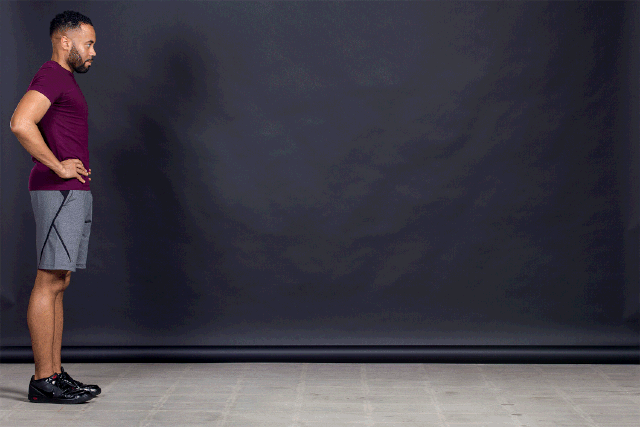
5. Side lunge
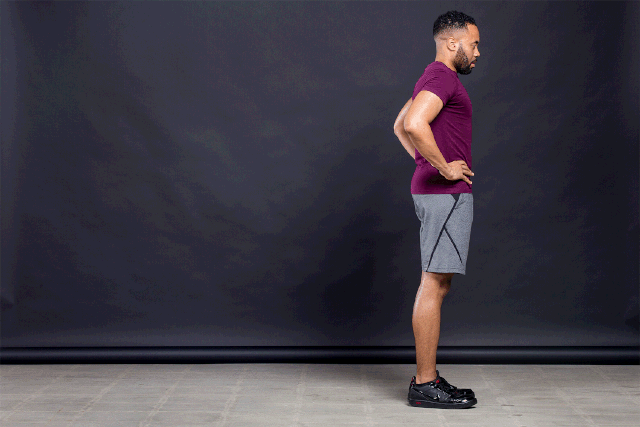
6. Side lunge close
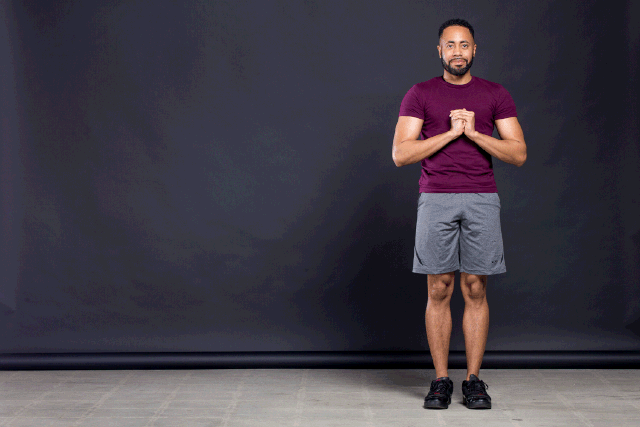
7. Side lunge, leg lift
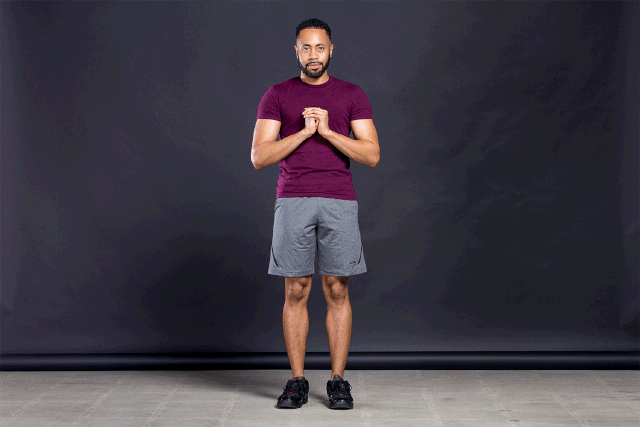
9. There is nothing like a small kick to strengthen a lunge. In addition to targeting your lower body muscles, this version will increase your heart rate, increase hip flexibility and reduce body strength. Method: just like the regular reverse lunge, start from standing and then step back with your right foot. Put your hands on your hips, or put them in front of you like a boxer. The blast pushes your back foot away and swings it forward to hip height (or higher if flexibility allows). Return to the reverse lunge, complete all the repetitions of the right leg, then repeat the same number of times on the other side.
10. High knee lunge
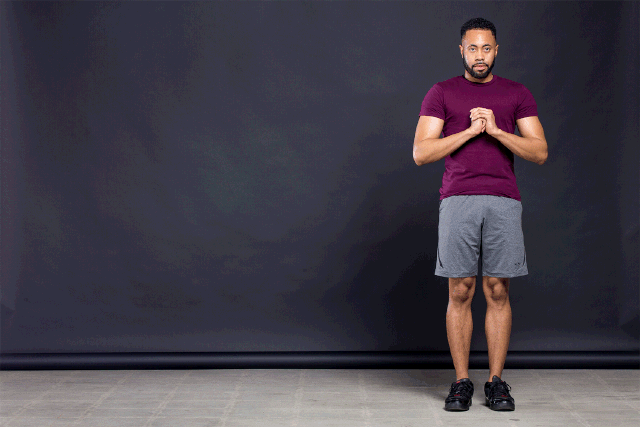
11. Do you want to enhance the burn of buttocks? This change will make your back look tight. Operation method: step forward with left leg and bend knees 90 degrees. When you stand up, push your hind leg away, using only your gluteus maximus, and lift it a few inches off the ground. Try not to lean too far forward or arch your back. Swing your back foot forward. From here, you can repeat on the other leg, continue to walk forward, or put your feet together, and do the leg lifting with the reverse lunge.
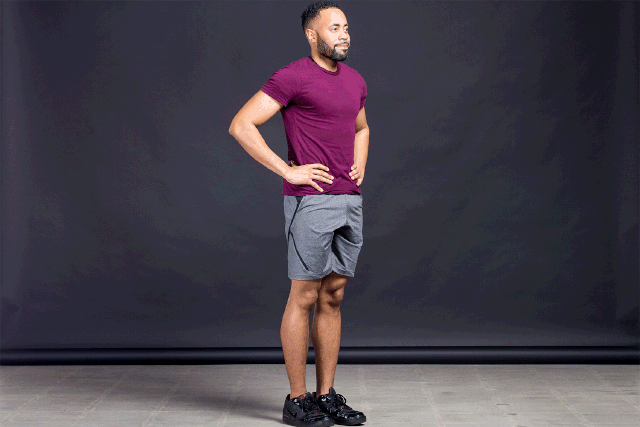
13. Who says lunge can't be full body exercise? Hold a medicine ball or other weight, lift it over your head, and put it on the other side of your body, and you will feel every major muscle group doing this exercise. How to do it: start standing with a medicine ball, hands on your head, slightly to the right. Land on your left foot and step forward on your right. As you move forward, put your arms down and across your body so you can hold the medicine ball between your legs. Push your front legs down and raise your arms back over your head. Move the ball slightly to the other side and repeat on the other leg.
14. Lunge is the best way to adjust and strengthen your gluteus maximus when your space is limited, but you need to make changes in your daily life. In addition, it makes your muscles fatigue faster, which means you need fewer repetitions to start seeing the effect. Methods: step forward, standard lunge, bend knees 90 degrees. Straighten the legs slightly so that the knees are still bent, then bend fully again. Keep this pulse until you change legs and repeat on the other side.
15. Lunge jump
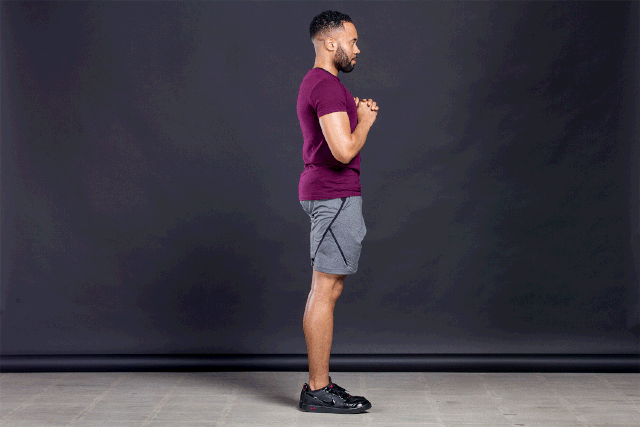
16. There are many upper body exercises for biceps bending lunge
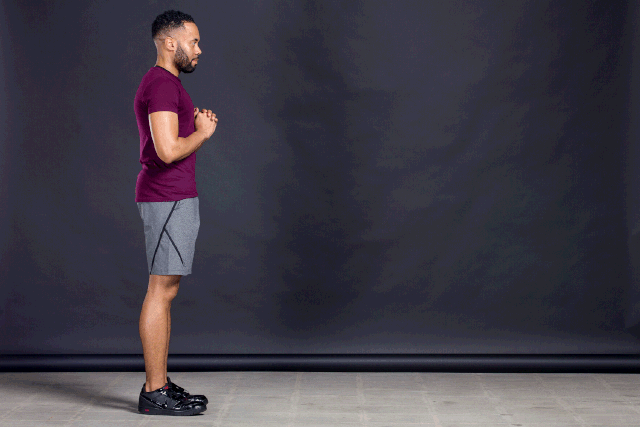
17. Shoulder press lunge
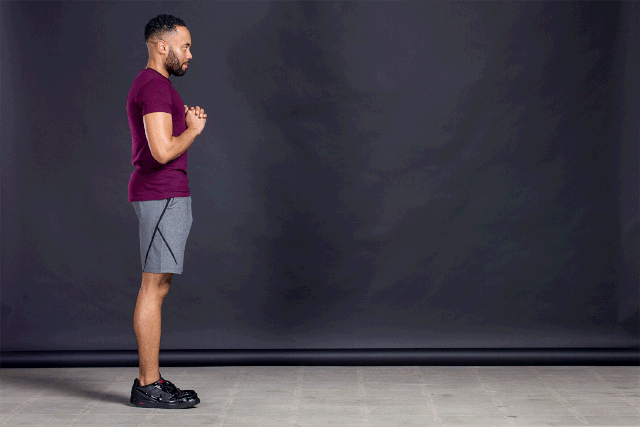
18. Technically speaking, the raised split squat is not the name of "lunge", but this exercise is still a variant of lunge. It uses the lunge posture and increases the challenge by raising the hind leg. What to do: stand a few feet in front of a bench or platform. Put one of your feet on the bench so that you can stagger them. Keep your hands on your hips for balance. Bend your knees and squat into a lunge. Your front knee will still be at a 90 degree angle, but your back knee will point to the ground. Go back to the starting point and repeat. Complete all repetitions on one leg before changing.
19. Runner's lunge
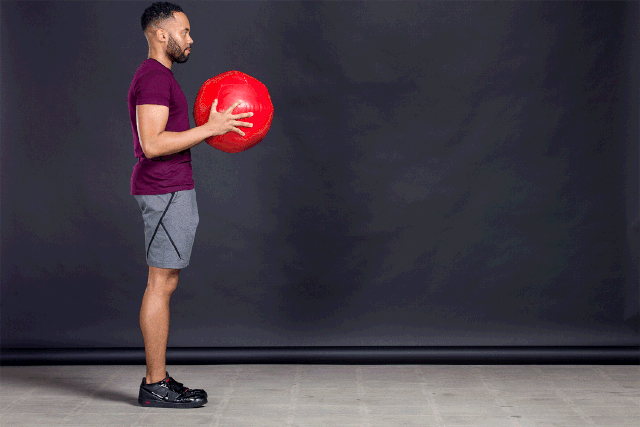
20. The climber again stressed that this is not a traditional lunge, but the same action. You will be more dependent on your cardiovascular endurance. Method: first, do the plank type, put the shoulder on the wrist, and form a straight line from head to foot. Lift your hips, bend your right knee, and lift your feet up to your hips (but lie on the floor). Change legs quickly, with the left foot on the hip and the right back to the starting position. Continue to change legs while maintaining proper posture.
21. Diagonal lunge
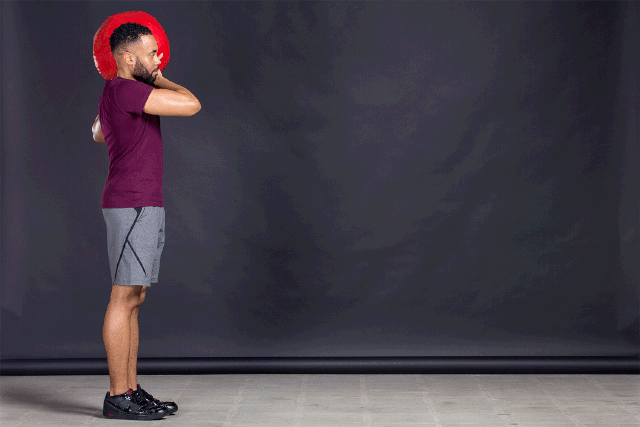
22. All day lunge
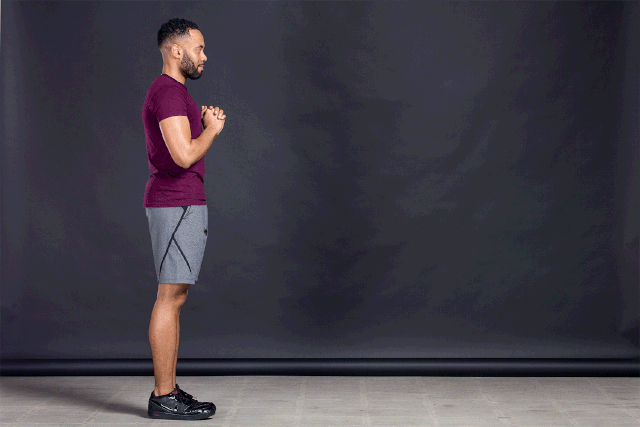
What do you think? What's your favorite lunge change? Did we miss it? Which one? What other exercises do you combine with your lunge? Do you have any other exercise methods to shape your lower body? Share your thoughts, suggestions and questions in the comments section below!
